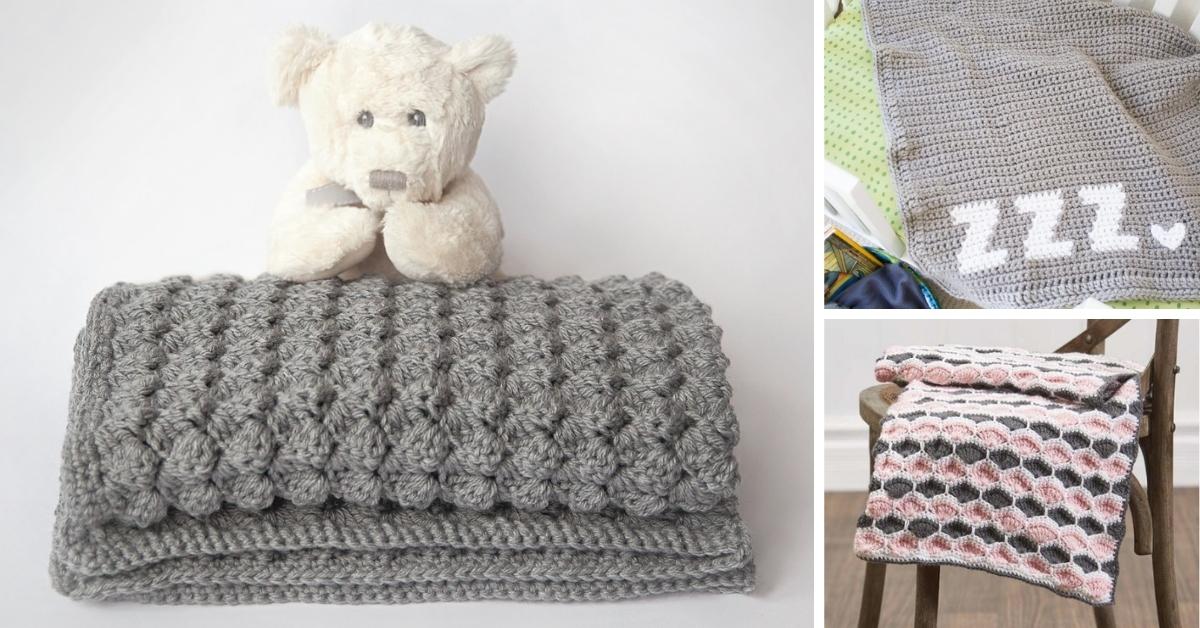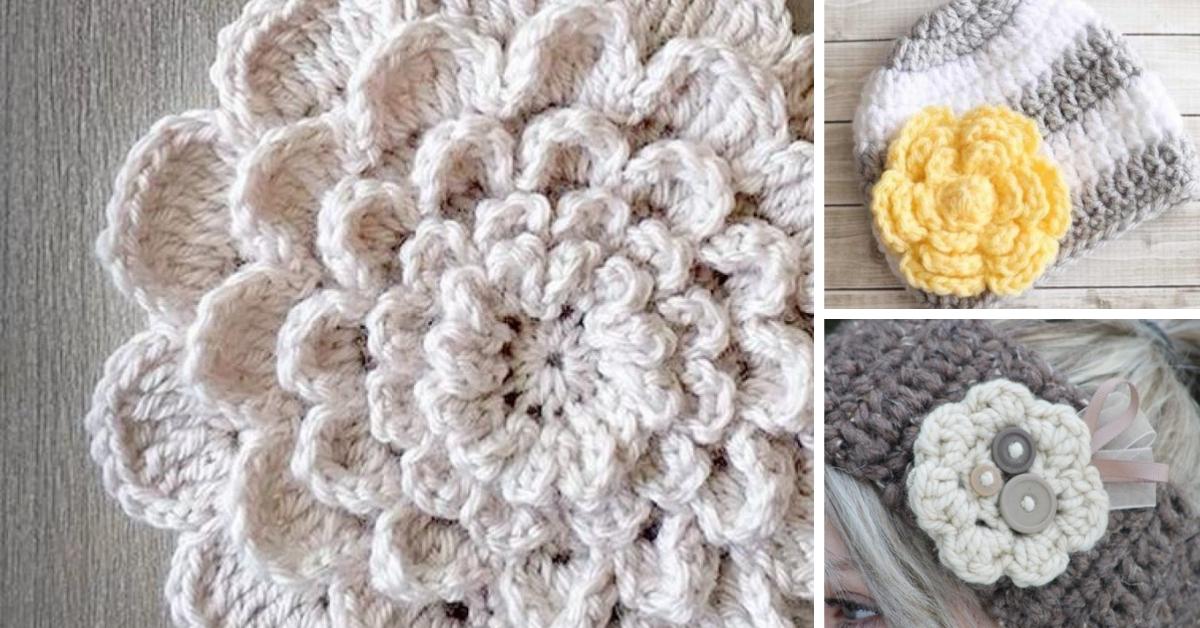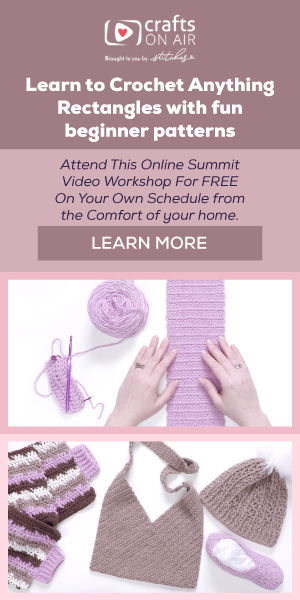
For Christmas each year, I make some sort of handmade gift for all the amazing women in my life. This year it was a variety of soaps and my award-winning lip balm (ok, maybe it hasn’t won any awards but IMHO it’s the best lip balm on the planet). I had so much fun creating and experimenting with new soap recipes including peppermint, lemongrass, citrus and honey and oats. I really love them all but perhaps my favorite is the pink grapefruit and clay soap.
Benefits of Pink Grapefruit Essential Oil and Pink Clay
Grapefruit essential oil is a powerful antioxidant and can help with excessive oiliness, dryness, and blemishes. Pink clay is perfect for sensitive skin, as it has a gentle cleansing action that isn’t too harsh. Also, clay has the amazing ability to absorb toxins from the skin, such as dirt, makeup, bacteria, and oil. The pink grapefruit and clay soap smells amazing and it’s so refreshing when you’re just waking up with your morning shower – oh, and the lather is out of this world!
It was almost a year ago that I learned how to make soap with my first recipe being a natural calendula soap. We adore our handmade soap so much, it’s all my family uses now. I love that I know exactly what’s in my soap and that it won’t dry out our skin like so many commercial soaps. Soap making can seem a little scary but as long as you follow the instructions and take the proper safety precautions you’ll be fine (was that convincing). Seriously, give it a try and let me know what you think.
Natural Pink Grapefruit and Clay Soap Recipe
Download your Pink Grapefruite and Clay Soap Recipe here.
Makes approximately 2.5 lbs.
Ingredients: *note – measurements are done by weight and not volume for better accuracy.
- 10 oz. (350 grams) Coconut Oil
- 6 oz. (170 grams) Palm Oil (please, if possible, try to use a certified sustainable palm oil)
- 8 oz. (226 grams) Olive Oil
- 10 oz. (283 grams) Caster Oil
- 4 oz. (113 grams) Almond Oil
- 5.9 oz (176 grams) Lye
- 14 oz. (397 grams) Cold Water (distilled or filtered if possible)
- 4 tsp of Grapefruit Essential Oils (EO’s are expensive so if you’re ok with grapefruit fragrance oil you can swap it here but I’d suggest leaving out fragrance if the people using it have sensitivities).
- 2 tbsp pink clay
What you’ll need:
- Pyrex measuring cup
- Container to measure lye into
- Rubber gloves
- Safety goggles
- Large mixing spoon
- Stainless steel pot
- Kitchen scale
- Candy thermometer (2 if possible)
- Blender stick
- Soap mold (1 quart [1 litre] milk cartons work great if you don’t want to buy a proper mold – that’s what I use)
- Tea towels
- Chef’s knife
Directions:
- Weigh cold water and place in a Pyrex measuring cup.
- Put on rubber gloves and safety goggles and carefully measure lye into a container. Pour into the water while stirring with spoon – mix carefully and avoid splashing (important – always pour the lye into the water and not the water into the lye – this can cause a mini explosion). Avoid inhaling fumes – stir until lye is completely dissolved. Place thermometer in lye – making sure that it is suspended in the liquid and not resting on the bottom of the container
- Weigh oils and/or fat into stainless steel pot. Place on stovetop and turn on heat to lowest setting and keep an eye on the temperature with your thermometer.
- If you used cold water to mix your lye, it should now be somewhere around 150 degrees Fahrenheit and will be starting to cool. The object is to bring the lye and the oils simultaneously to a temperature in the range of between 110 – 115 degrees Fahrenheit. As long as they are both at the same temperature you should have no trouble getting your mixture to “trace”. Tracing refers to the soap mixture’s ability to hold a design on its surface.
- Start to mix the oils at a low-speed with the blender stick. Pour the lye into the mixture in a steady stream being careful not to splash. When the lye has been emptied into the pot continue stirring. Test for tracing by turning the blender stick off and lifting out of the mixture and drizzling across the surface of the soap. When the lines hold their form momentarily, you are ready to add scent and calendula flowers if you want to. *If adding scent, coloring or inclusions you must work quickly as your soap will begin to set up quickly at this stage and you need to get it into a mold!
- Pour mixture into the mold then wrap mold in tea towels to keep the soap as warm as possible. Put container in a safe place out of drafts and let it sit for at least 12 hours before checking (This is the hardest part about soap making – no peeking!)
- After 36 hours check your soap. It’s ready to remove from the mold when it has cooled and is completely opaque. If after 36 hours it’s solid but still quite soft, place in the freezer until frozen solid. When solid, tear away sides of the carton to reveal your gorgeous creation. Cut into bars using a large chef’s knife and allow to cure for 3 weeks before use (although it can be used before then – it just won’t last as long).
Download your Pink Grapefruit and Clay Soap Recipe here.


















